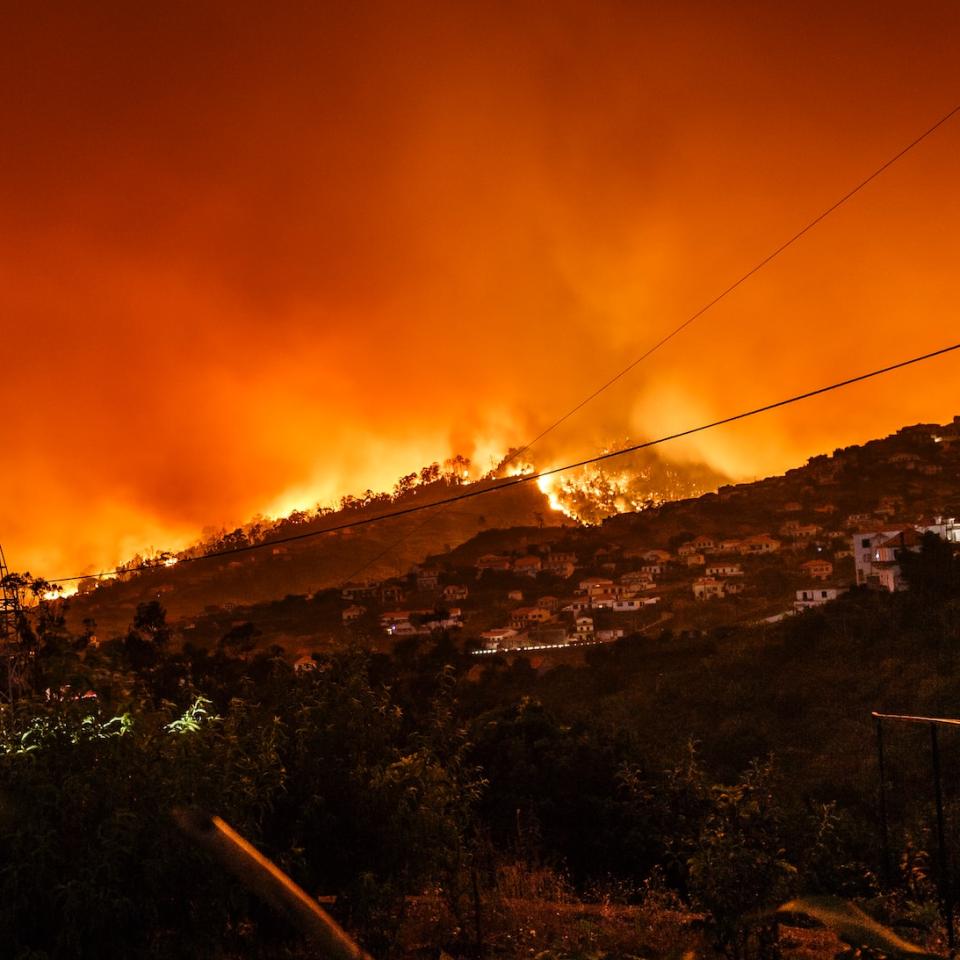
Reducing the risk of water contamination from wildfires
Researchers from Swansea University have developed methods to quantify and mitigate the risk of water contamination from wildfires, bringing significant economic and environmental benefits to countries around the world.
Each year, wildfires burn around 4% of the Earth's vegetation. Because the ash from wildfires can be rich in pollutants and susceptible to erosion and run-off, it poses a serious threat to water supplies and ecosystems.
Fire-prone areas provide water for 60% of the world's 100 largest cities and 70% of the UK's population. Major wildfires have led to drinking-water restrictions, affecting millions of people and causing substantial costs. In the UK alone, annual water industry losses from wildfires are estimated to be £16 million.
However, little was known about how to quantify and mitigate the risk of water contamination from wildfires. The team from Swansea set out to rectify this.
Working with scientists, fire services, land managers and water suppliers in the UK, Australia, Portugal, Spain and the USA, the team carried out five main areas of research. They:
- looked at how to quantify the production of wildfire ash, its contaminant content, behaviour in water and impact on water quality
- developed a way to quantify the amount of ash and its distribution according to the severity of the fire
- measured which methods work best to reduce erosion and transport of the ash to water bodies
- created a framework to predict and mitigate the risk of water contamination before, during and after wildfires
- developed an online modelling tool to quantify the potential movement of contaminants into water bodies following actual or potential future wildfires.
Environmental and economic benefits
The team's research changed how the environmental risks from wildfires are assessed and managed. Their work improved post-fire diagnostics, land management and drinking-water provision in Australia and Europe, bringing environmental and economic benefits.
In Australia, the team's research:
- saved Water New South Wales (WNSW) significant costs when they found that pollution risks could be dealt with using the existing water treatment infrastructure
- helped WNSW put in place mitigation measures that meant they could continue to supply safe drinking water following extensive wildfires.
In the UK, the team's research:
- showed the Fire and Rescue Service where to focus hosing during England's largest wildfire on Saddleworth Moor, reducing peat loss and contamination from burning and erosion
- informed United Utilities about mitigation options and where to place biodegradable netting, which prevented contaminated ash and soil from eroding into the reservoir
- gave United Utilities water contamination probabilities following possible future fires and recommended how to reduce the contamination risk.
In Spain, the team's research:
- helped the Island Council of Tenerife put new ground cover treatments in place using locally obtained forest materials (woodchip or pine-needle mulch) to reduce the movement of contaminated ash and soil, saving millions in repair costs and leading to new fire erosion treatment guidelines for the Canary Islands.
Research team
Professor Stefan Doerr, Associate Professor Cristina Santin, Dr Jonay Neris – Swansea University
